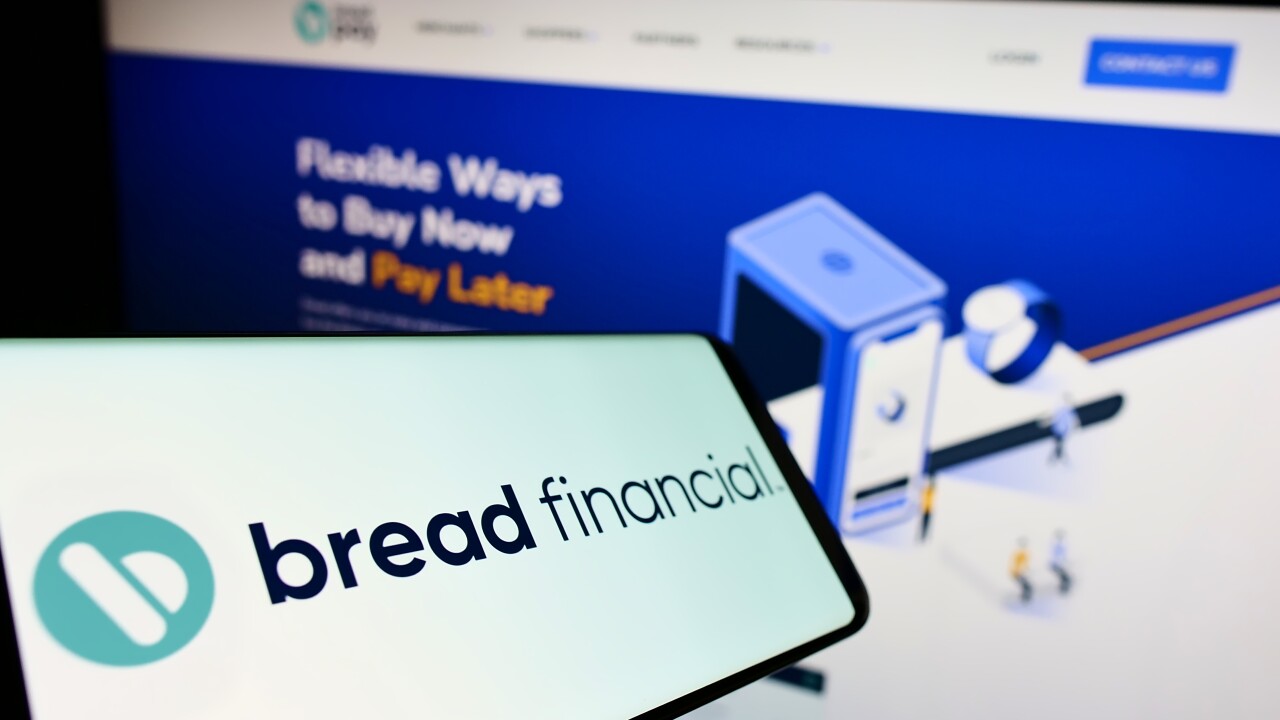In the midst of a pandemic, it is not possible to predict what the future of payments will entail.
The U.S. is still understanding the pandemic’s unprecedented impact. But I, and others in the industry, sense that there are changes taking place now that are going to probably be long lasting and this time will likely serve as an inflection point in several important areas impacting the payments sector.
Will there be, for example, a permanent increased focus on contactless payments? Do we need to better find, identify and serve the needs of the underbanked and the unbanked, especially as seen by some of the challenges in getting payments to people in the Coronavirus Aid, Relief, and Economic Security Act? Is the open-banking concept something to be examining further? These are all questions to be asking, and the response is a likely yes to each. How much of a change, though, is tough to say from today’s vantage point.
Instead, I continually go to something
The good news is that banks, fintechs and card companies have engendered a lot of goodwill and trust during this time. The industry is present, trying to help other sectors and attempting to mitigate the harm to impacted consumers. All in all, they are trying to offer solutions.
With that in mind, here are the five specific areas that should be top of mind during this disruption:
The industry likely has to prepare for an interim period of extremes in consumer preferences: When I went for a supply run recently, it was interesting to see a clear divide, and it tracks with what I have been hearing informally as well. There were some customers who clearly did not want to touch money at all and are going uber-digital. And there are others who are going to hoard cash. How do we handle this dichotomy of people who want to be safe?
Payments companies will be needed to create a stronger supply chain: Businesses wants greater assurances that their supply chains are secure, resilient, virus-free and safe. The trade-off likely needed might actually be an opportunity—suppliers being paid in real time and goods tracked end to end in the supply chain could position payments companies as the backbone in this new paradigm. It could even involve the blockchain infrastructure.
There will be a major push to accelerate digital offerings: New digital capabilities around lending and credit are going to be the new normal. Just think about what has been achieved with the Paycheck Protection Program in a period of 10 days, despite its understandable early challenges. Additionally, the importance of providing traditionally under- and un-banked citizens access to the financial system so they can receive much-needed funds and benefits has been amplified. Because of that specifically, I would posit payments companies will be asked to accelerate their capabilities on these fronts because executives now know what is possible. Now is the time for payments companies to not just double down on the online and mobile channels, but triple down— and I see particular opportunity when it comes to the areas of identity, real-time/faster payments-based infrastructures and digital money offerings.
Don’t be afraid to innovate, innovate, innovate: Because of the trust the industry has gained, don’t be afraid to get inventive right now. Consumers are willing to try out less-than-perfect solutions in a time of crisis. Obviously, there are guardrails on that type of thinking— you don’t want to cause something either health or financially impairing. So, by the same token, don’t be afraid to fail fast. Don’t get caught thinking too much in the past.
Sharpen your vision on the M&A front: Be prepared to make some M&A moves, especially in those areas that fill out your suite of offerings or fit a strategic niche. Look to find combinations and collaborations that emphasize speed to market over precision. Who has good digital capabilities or offers specialty technologies that could be a gamechanger to your efforts? I would be especially looking at opportunities to more aggressively transform and replace siloed, legacy infrastructures in payments. Be ready to pounce if you find a match— the future is here faster than we thought.
This moment matters. While we all want to go back to the way things were before this pandemic struck, in the payments space, it is more about pivoting to the next normal. I’m optimistic that the next moves in this space will show how the industry is set up to help consumers and business thrive going forward.





